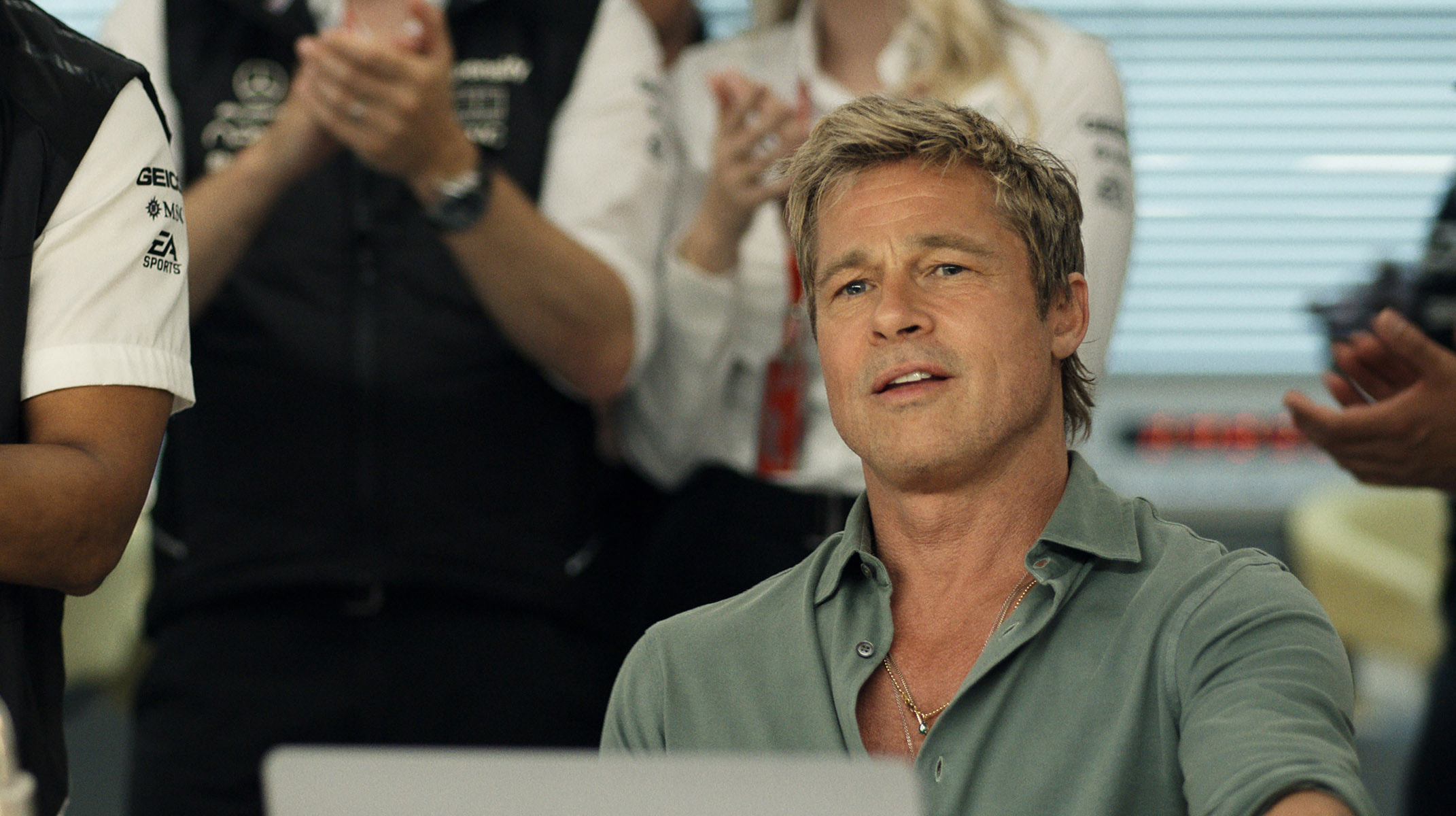Peruvian matador Andrés Roca Rey has enormous testicles. Easily one of the largest sets on Earth. We never see them for ourselves, but they’re all that his crew of hypemen can talk about. “Such great balls!,” a member of Roca’s entourage insists. “Your balls are bigger than the whole fucking arena!,” another concurs.
The dominant subject of conversation in a documentary where almost nothing else is ever discussed, the size of Roca’s nuts is remarked upon so often — and with such grim sobriety — throughout Albert Serra’s transfixing “Afternoons of Solitude” that I started to worry if the world’s greatest torero might have a serious medical condition of some kind.
If he did, you certainly wouldn’t learn about it here, as Serra’s film isn’t much for personal details. Where Roca was born, why he committed his life to the performative slaughter of horned cattle, and what he does with his time outside of the bullring are just a few of the many basic facts that “Afternoons of Solitude” elides in their entirety; if not for the opening title card that announces him as the movie’s star, we might not even know his name.
Is Roca married? Does he resent his father? Has he ever felt a moment of pity for the animals who are only bred so that he can stab them to death for a cheap thrill? Serra estimates that he shot roughly 600 hours of footage in order to cut together this 120-minute documentary, and yet it’s fair to assume that none of his rushes even hinted at the answers to those questions. Cycling between a trio of discrete and hermetically sealed environments (the arena, the Ritz hotel where Roca stays during events, and the van that shuttles him between those two locations), and remaining at such a remove from its subject that Serra claims to have only had a single proper conversation with Roca during the 18-month period he spent filming him, “Afternoons of Solitude” renders the torero with almost the same impenetrable blankness as that of the bulls he fights.
Like the most resonant of Serra’s fiction works (namely, “Liberté” and “Pacifiction”), the Catalan director’s first documentary is set in a pocket universe too insular and solipsistic to care if it’s shrinking — a liminal space that pathologically obeys its own logic as a form of self-protection against the threat of obsolescence. This is a film defined by a tunnel vision so intense that we seldom even see the crowds that come to Roca’s events, as the torero’s audience is reduced to abstraction over the soundtrack, their voices heard cheering and jeering him on like an ego at war with itself.
Indeed, “Afternoons of Solitude” doesn’t tell us a single thing about the waning popularity of bullfights, nor does it include any explicit comment on the pre-Roman custom’s struggle to survive in a world more sensitive to animal cruelty. On the contrary, Serra’s ambivalent long shots — zoomed in from afar to offset the film’s in-your-face intensity with an equally palpable sense of distance — build on themselves to create a perspective on the practice unlike any that have been captured on camera before in movies like Rouben Mamoulian’s “Blood and Sand” and Francesco Rosi’s “The Moment of Truth.”
This is tradition divorced from history. Spectacle removed from context. It’s a guy dressed in sequins mugging at an animal that’s covered in its own blood; it’s the naked reality of a dance between man and beast, for all of the danger, excitement, cruelty, and embarrassment that match-up provides. The sheer fact of watching it in the year 2025 is enough to convey everything you need to know. The film’s unflinchingly repetitive shape allows viewers to lose sight of their perspective at the same time as it invites them to draw their own conclusions, a vertigo which proves to be more involving than the didacticism that a traditional documentary might bring to the same topic.
Serra’s approach is especially rewarding because the conclusions it encourages you to draw are ultimately just as irrelevant as the ones that he arrived at himself. Some might come away from this movie with a newfound respect for the monastic focus required of the world’s remaining toreros, while others might laugh at the not so latent homoeroticism that allows Roca to feel like a man among men (see: the part where one of Roca’s crew members is forced to hoist the boss into his skin-tight traje de luces, or “suit of lights”), or find themselves re-enraged by the slaughter of animals for sport.
Whatever your own reaction, the open-ended nature of Serra’s approach flies in the face of what people have been conditioned to expect from today’s non-fiction cinema, much of which exists to challenge the audience for their provincialism while flattering them for their empathy. And while I tend to suspect that Serra had to stifle a few smirks behind the camera (“What you did today is not attainable by others nowadays,” one of Roca’s hype men says to the torero after he and his team of sequined performers ganged up to stab a confused animal, “it causes envy among the mediocre, and that is why some spurn you”), “Afternoons of Solitude” is less concerned with the judgment we pass on its subject than it is with the judgment its subject refuses to pass on himself.
The film’s poise and structure create a perfect vacuum of self-reflection. “You killed those two bulls so truthfully,” Roca is assured, but the “truth” of those deaths is only maintained by the ritual and pageantry of staging them. For Roca to question why he does this for a living would be a fatal blow to the reality that he must (a reality that falls apart in the one scene without him in it, during which his distressed crew openly discusses their helplessness in preventing him from being gored).
I don’t mean to be skeptical towards the size of his balls, which I’m assured are large enough to have their own magnetic fields, but it’s possible that the undeniable fearlessness Roca displays in the bullring stems from the mortal terror he feels at having to prove — or even know — himself in an environment of any other kind.
How would a man like Roca, who only finds a peace within himself on “the front-lines of the soul,” ever learn to function in a world that no longer makes a spectacle of his bravery? How lonely might life be for the man in the arena without an audience to exalt in his defiance of death? Serra doesn’t know, doesn’t ask. Instead, he watches and watches and watches, offering Roca the largest crowd of his career, and daring him to tame time itself.
Grade: B+
“Afternoons of Solitude” is now playing in select theaters.
Want to stay up to date on IndieWire’s film reviews and critical thoughts? Subscribe here to our newly launched newsletter, In Review by David Ehrlich, in which our Chief Film Critic and Head Reviews Editor rounds up the best new reviews and streaming picks along with some exclusive musings — all only available to subscribers.



